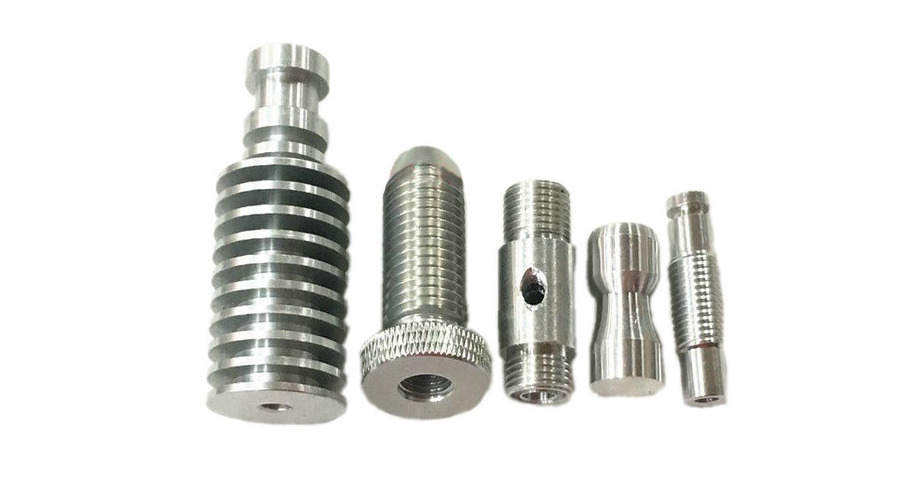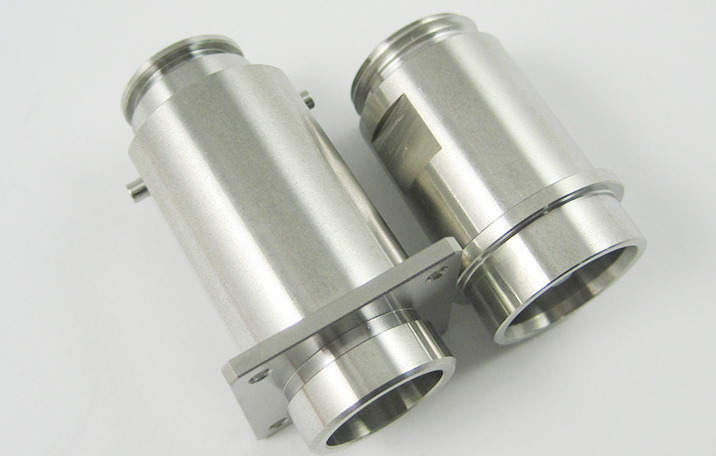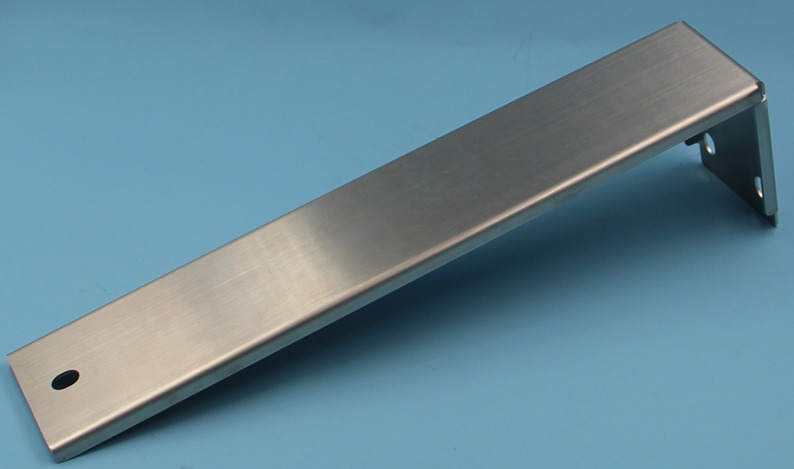The cnc machining center is suitable for parts with appropriate batches that are complex, have many processes, require high precision, and require multiple types of ordinary machine tools and many kinds of tools and tooling. After many times of clamping and adjustment, the machining can be completed. The main processing objects are as follows: 1….
There are many varieties and specifications of CNC machining centers in the machinery manufacturing industry. Only the structure is classified here. as follows: First. Vertical machining center: refers to the machining center where the spindle axis is set in a vertical state. The structure is mostly fixed column type, the worktable is rectangular, and there…
Processing of titanium alloy parts, a lot of processing technology in the hardware processing industry. Recently, there has been a wave of enthusiasm on the Internet. Many large, medium and small enterprises related to this processing are more interested in this knowledge. I mainly want to know what are the principle problems in the processing…
Hello everyone, Shenzhen mechanical processing division processing stage, its processing quality requirements of the surface, are divided into processing stages, generally can be effectively divided into rough processing, semi-finishing and finishing three stages. Mainly to ensure the processing quality; it is conducive to the rational use of equipment, easy to arrange heat treatment process, and…
1. Improve work efficiency. After turning and milling the CNC lathe, it can continuously process and produce, and at the same time, it can process and produce various precision instruments within a small range.Improve the accuracy of the instrument and standardization of production. 2, to provide online testing, CNC lathe can also provide online testing,…
Sheet metal processing is actually the processing of metal products, and it is more to modify the metal sheets to achieve their use in many different places. It is processed in many ways, including stamping, cutting, cutting, etc. to change the properties and shape of the metal. The use of this processing technology can bring…
When it comes to cnc processing, there must be reasonable processing methods and processing steps, because these processes directly affect the processing quality, production efficiency and processing cost of cnc machined parts. Therefore, we have to reasonably do the following six steps for cnc processing: Step 1: First rough and fine. For example, follow the…
10 years ago, the foreign trade business was really very good, because the manufacturing and processing companies are relatively small, the competitive pressure is very small, even I heard from their predecessors that doing PI can be soft, send a development letter, it will I got a reply from a foreign customer. I can imagine…
Titanium alloy parts have low density and good corrosion resistance, so they are also ideal structural materials for aerospace engineering. However, there are many factors that affect its processability at the same time, because the metallurgical properties and material properties of titanium alloys may have a serious impact on the cutting action and the material…
Commonly used hardware mainly includes stainless steel, cast iron, carbon steel, aluminum plate, copper rod, etc. There are many brands. Stainless steel sus304, sus316, sus430; Aluminum plate has 5052, 6061, hard aluminum lY12, rust-proof aluminum lF5, etc. Carbon steel domestic brands Q235, 08F, and 1018, 1012 and other brands, Cast iron HT150, HT200, etc.; Brass…

 Deutsch
Deutsch Français
Français 日本語
日本語 Español
Español


